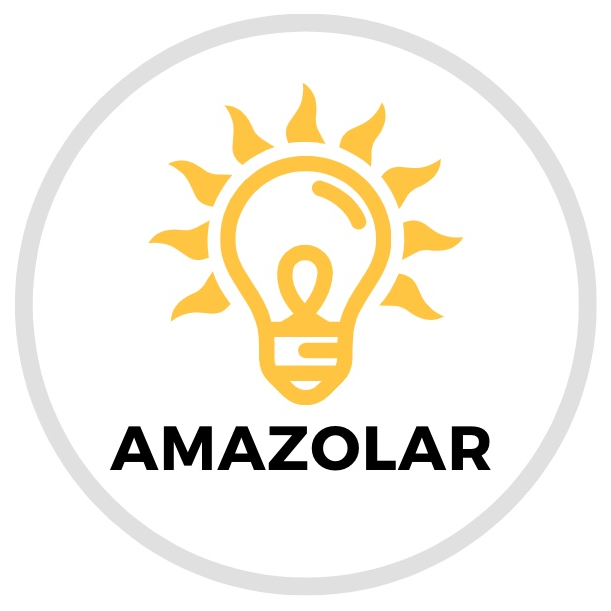Year 1: Understanding & Engagement
During the first year, we are focused on three main objectives: fostering relationalism, finding mutually beneficial collaboration, and mapping community assets. These fundamental steps of understanding and engaging with the community lay the groundwork for implementing solar and educational components, ensuring the community's involvement at every stage.
Fostering Relationalism requires a foundation of trust. Given that Amazolar has no prior experience in the Achuar region, we acknowledge the importance of partnering with a locally-rooted anchor institution. This partnership is crucial as it bridges Amazolar with the community, facilitating a deeper understanding of the social and cultural context and establishing the parameters within which we operate.
Additionally, to maintain trust, it is essential for Amazolar to adopt a weightless approach to collaboration. This concept of weightlessness promotes an open and unbiased mindset, free from preconceived notions, values, or rigid frameworks. By doing so, we can communicate across boundaries, include diverse perspectives, and gain dynamic understanding. This approach strengthens the relationship between individuals, the anchor, and Amazolar.
Mutually Beneficial Collaboration is a two way street. Amazolar’s involvement rests on the community’s willingness to engage with our mission, and be open to imagining with us. It is critical that we do not impose ourselves in any way, hence our anchor institution, while also encouraging community imagination and realization of educational possibilities. As Amazolar, we believe a partnership built on trust is not only necessary, but in everyones collective interest as our work is deeply informed by community voice and aspiration. Trust also minimizes the transactional cost of enacting change because everyone is working together for a unified purpose.
Community Asset Mapping is a roadmap for value creation. By recognizing and ordering a community’s assets (physical, cultural, and social capital), one can begin to understand and activate new ways of synergistic opportunity. This process is central to fostering innovation and resourcefulness, creating sustainable solutions that shift community reliance on outside financial support.
Asset mapping focuses on what the community has rather than what they don’t have. Causes us to be resourceful, innovative, and avoid focusing on deficits. Finding sustainable solutions rather than depending on grants. Using local resources like community volunteers/students who are familiar with the cultural and social context
